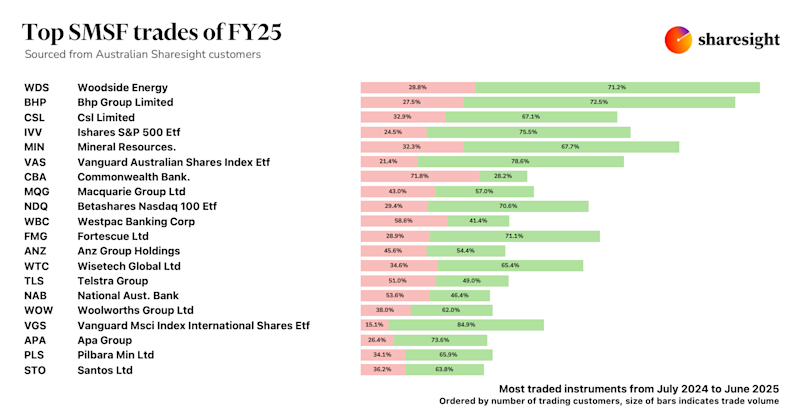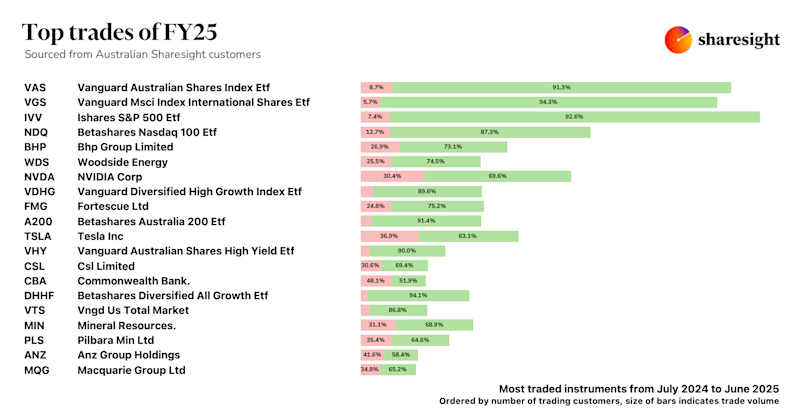4 ways to reduce your investment risk
Growing your wealth over time is often a priority for most investors, but inflation means that cash loses value fairly quickly. This is why it’s important to invest your money where it can grow in value and add to your future financial wealth.
Investing is a way to let your hard earned money do some of the hard work for you. This sounds great on paper but in reality, investing comes with a degree of risk, and investors must decide whether the trade off between the level of risk and potential return, is worth it.
If the thought of potentially losing the capital you put into your investment scares you (and you’re not alone), don't boycott all your investment ideas just yet. The good news is, there’s plenty of ways to minimise the level of risk you take on when investing - here’s how.

1. Have a diversified portfolio of investments
Diversification essentially translates to ‘don’t put all your eggs in one basket.’ Investing in a variety of assets and industries including shares, bonds, term deposits, savings accounts and both residential or commercial property means you’re not too heavily exposed to a single market. Spreading your investments across different asset classes means a fall in value in one investment won’t lead to your (complete) financial undoing, as you have other investments to fall back on that might have increased in value with the same economic event.
Also, don’t be afraid to think outside the box. Research from finder.com.au found that just one in six of us are planning on using alternative investment options over the next 12 months. This leaves the market wide open for risk-tolerant investors to benefit from non-traditional investments such as robo-advice or peer-to-peer lending. Just make sure you do your research and are aware of the (new) risks involved!
2. Know your investment goals
Establishing some clear personal and financial goals will make it easier for you to decide on which assets to invest in. If you’re trying to save for a holiday within the next year, you might be better off investing in something low risk, so that you’re not out of pocket when you need the money. If you’re thinking longer term and giving yourself 30 odd years to put a plug of cash into your retirement savings (in the form of extra contributions), then you can probably go for a higher risk investment that will generate a higher return - as if the investment suddenly drops in value you have more time to wait for it’s value to increase again.
Setting goals will also help you to determine your risk appetite. If you don’t think you have the scope to manage a loss on your investment, then take on a low-risk investment, even though it probably won’t have a high return. Once you become familiar with fluctuations in the market, you might be more ready to take on higher risk investments that also have higher returns!
3. Keep a close eye on your investments
You’ve probably done a lot of research prior to making your investment decision to help maximise the return you get from the risk you take on. It’s important to continue monitoring your investment, so that all this hard work isn’t wasted! If you simply ‘invest and forget’ you might miss warning signs about your investment going down, or miss the opportunity to to make a profit when the market is strong.
You should be reviewing your investments annually (at a minimum) - but the more often, the better. Keep track of dividends and track your performance with investment software such as Sharesight, so you have a feel for how your investments are performing over time. Remember to be adaptable and don’t panic if there is a sudden downturn in the market. Keep your investment goals in mind and don’t be afraid to adjust your investment portfolio if an investment isn’t positively contributing to your strategy.

4. Watch out for scammers
Most of us are aware there’s scammers out there but have a ‘it’ll never happen to me’ mindset. Unfortunately, scammers are becoming smarter, more professional and more believable, which makes it more difficult for us all to distinguish them from the real deal.
To avoid getting stung by a scammer, check that they have an Australian financial services (AFS) licence and do some research on the company to check they’re legitimate. Red flags should also be raised if they’re persistent, pressure you into making a quick decision, are calling from overseas or have very high fees for withdrawing from an investment. Remember - investment scams don't always come from strangers - someone you trust could also be caught up in a dodgy scheme and try to rip you off.
When it comes to investing, there's a lot to consider. Don’t let the risk of losing, stop you from playing the game - as big wins can also be made. Getting some professional advice from a financial adviser or broker will ease your concerns - and always remember to think with your head and not your heart!
Start tracking your investments with Sharesight
Join thousands of global investors using Sharesight to reduce their risk by tracking the performance of all their investments in one place. Sign up for Sharesight so you can:
-
Track all your investments in one place, including over 240,000 global stocks, ETFs, mutual/managed funds, property and even cryptocurrency
-
Run powerful reports built for investors, including Performance, Portfolio Diversity, Contribution Analysis, Multi-Period and Multi-Currency Valuation
-
See the true picture of your investment performance, including the impact of brokerage fees, dividends, and capital gains with Sharesight’s annualised performance calculation methodology
-
Easily share access to your portfolio with family members, your accountant or other financial professionals so they can see the same picture of your investments that you do.
Sign up for a FREE Sharesight account and get started tracking your investment performance (and tax) today.
Disclaimer: We do not provide tax or investment advice. Investing can be complex and varies by country. You should seek tax and investment advice specific to your situation before acting on any of the information in this article.
FURTHER READING

Sharesight users' top 20 trades – June 2025
Welcome to the June 2025 edition of Sharesight’s monthly trading snapshot, where we look at the top buy and sell trades by Sharesight users in all markets.

Top SMSF trades by Australian Sharesight users in FY24/25
Welcome to our annual Australian financial year trading snapshot for SMSFs, where we dive into this year’s top trades by Sharesight users.

Top trades by Australian Sharesight users in FY24/25
Welcome to the FY24/25 edition of our Australian trading snapshot, where we dive into this financial year’s top trades by Sharesight users.